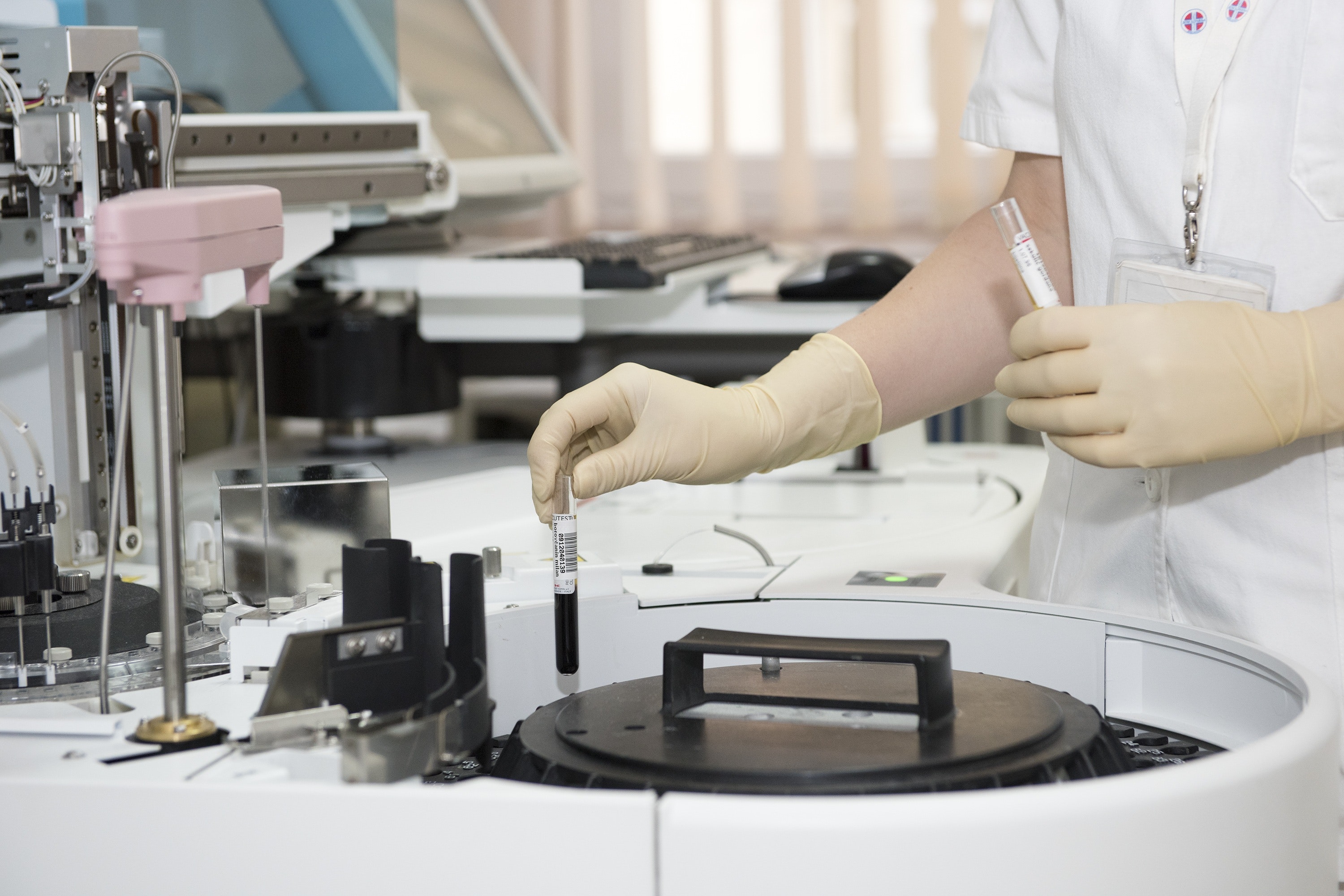Best Practices for Pharmaceutical Clean rooms
When it comes to clean rooms and pharmaceutical clean rooms, in particular, there are a lot of regulations and best practices in places in order to protect both staff and products from contamination. These include the use of pharmaceutical doors and industrial doors that do not allow for organic growth – including bacteria and mould – as well as regulations around airflow, clean room surfaces, and best practices for working in a clean room environment.
ISO Clean room Standards
Set by the International Organisation for Standardisation (IS), clean room best practices fall under ISO 14644-1 and ISO 14698. Between them, these two standards cover both general clean rooms, as well as clean rooms where bio contamination may be an issue – such as in pharmaceutical clean rooms.
Using the former of the two international standards, clean room environments are classed from ISO 1 to ISO 9 depending on the maximum concentration of particles in the air in the room. The different levels of air cleanliness are based not only on the concentration of airborne particles but also on the maximum size of particles allowed in each class. It’s important to note that while there are different levels of what is considered clean by these standards, even ISO Class 1 is considered a clean room environment.
Airflow
The airflow in a clean room environment must be filtered and controlled in terms of both temperature and humidity. Generally, the best practices for airflow in a clean room depend on what classification the environment falls under. As it stands, the more sterile a clean room is, the more air it will consume, and the more this air will need to be treated to remove particles and contaminants.
Air filtration systems are a must for pharmaceutical clean rooms not only to be able to deliver clean air that is free from contaminants and is at the correct temperature and humidity level but also to be able to partially recirculate air. In order to achieve the required level of purity even from partially recycled air, the air handling units in clean rooms must be able to effectively do a number of things. Following best practices for the pharmaceutical sector, these include the removal of harmful vapours and gases, any contaminants, and excess moisture.
Internal Surfaces
When it comes to the internal surfaces of a clean room, there are a number of different specifications which should be followed. Wherever possible, clean room surfaces should always be made from impervious materials with a smooth finish – this is seen as best practice for a number of reasons. First of all, this ensures that the surfaces cannot become a source of contamination either due to corrosion or flaking of the finish or by harbouring dust and the growth of biological contaminants.
It is also considered best practice for internal surfaces to be robust enough to withstand the daily operations of the clean room and be easy to clean and maintain to the standards required for a clean room environment.
Working in a Clean room
One of the most common causes of contamination in pharmaceutical clean rooms is down to human error, which is why it is crucial that all staff are properly trained on how to work in a clean room and the best practices for doing so. This includes knowing the proper process for decontaminating yourself before you enter the room, how to correctly leave a clean room, and how to correctly work with potentially hazardous materials.
The most important consideration for working in a clean room is wearing the proper attire and personal protective clothing. This is considered best practice not only to avoid contamination from staff but also to protect from any materials inside the clean room as these can often be hazardous.
